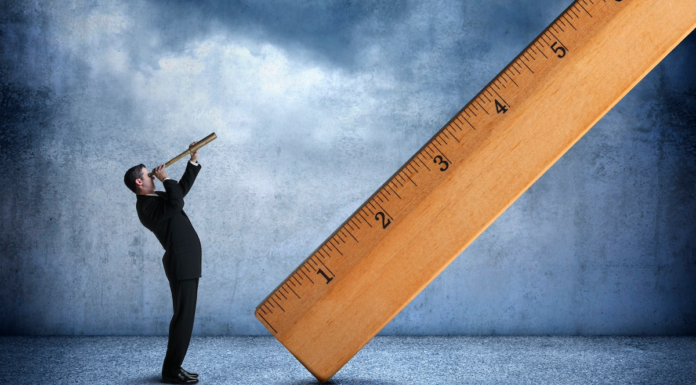
By: LitePoint and RCR Wireless News (Sponsored) December 10, 2024
More than 110 million Bluetooth-equipped solutions for finding personal items are expected to ship this year alone, according to numbers from ABI Research. Another 29 million Bluetooth key fobs and accessories are also anticipated to ship in 2024. Those type of devices, and many more applications of Bluetooth, demand the best possible location accuracy. As a result, Bluetooth Low Energy has added a new feature, ratified in the fall of this year, that will provide more secure and accurate fine-ranging: Bluetooth Channel Sounding.
Traditionally, Bluetooth has relied on the Received Signal Strength Indicator (RSSI) level at the end device to make a rough estimation of the receiver’s position. But that method of distance estimation is highly dependent on the signal environment and can, for example, be vulnerable to inaccuracy due to reflections. It is also susceptible to spoofing attacks, which have been documented in intercepts and spoofing of wireless key fobs by car thieves.
Instead of relying only on signal levels, Bluetooth Channel Sounding uses a combination of phase-based ranging as the primary means of location calculation, plus mandatory but complementary information based on the signal round-trip time (or time of flight), explained Khushboo Kalyani, product manager at LitePoint. That is expected to deliver sub-meter accuracy on positioning, Kalyani said, adding that Bluetooth Channel Sounding is well-suited for use in situations where one device is static, such as a parked car and a key fob, or a smartphone communicating with a door lock or garage door.
Chipsets that support Bluetooth Channel Sounding are already in the works, Kalyani said. “This year, we see a lot of silicon activity and people looking for a test solution, but I think we are a few months out from seeing commercial devices,” Kalyani reflected. She expects to see products with Bluetooth Channel Sounding capabilities begin shipping in the second half of next year.
But Bluetooth isn’t the only wireless technology seeking to provide improved positioning accuracy. What happens to Ultra Wideband (UWB), which is used for accurate and secure fine-ranging and has been rapidly adopted, when Bluetooth Channel Sounding comes to market? LitePoint anticipates that UWB—with its use of 500 megahertz of channel bandwidth and very short signal pulses—may be used in conjunction with Bluetooth Channel Sounding in some devices when centimeter-level accuracy is needed. Bluetooth Channel Sounding, however, can boost accuracy and security using less power and a longer range, with the bonus factor of Bluetooth’s near-ubiquity in many types of wireless devices.
The improved accuracy offered by Bluetooth Channel Sounding does come with some new requirements for the Bluetooth testing process at the physical layer, which is why LitePoint’s IQxel family of test solutions focuses on user-friendly, simple and efficient transmitter and receiver measurements that are also comprehensive. It enables Bluetooth chip and product designers to validate their work quickly and rigorously, and then rest assured that their implementations of this new feature will deliver the improved security and accuracy that Bluetooth Channel Sounding promises. LitePoint also provides the IQfact+ automation software tool, designed for seamless test execution and optimized multi-device testing, whether in R&D or manufacturing environments.
For more information about LitePoint’s testing solutions that support the development and testing of Bluetooth Channel Sounding and other new Bluetooth features, visit: IQxel-MW7G and IQfact+

Leave a Reply